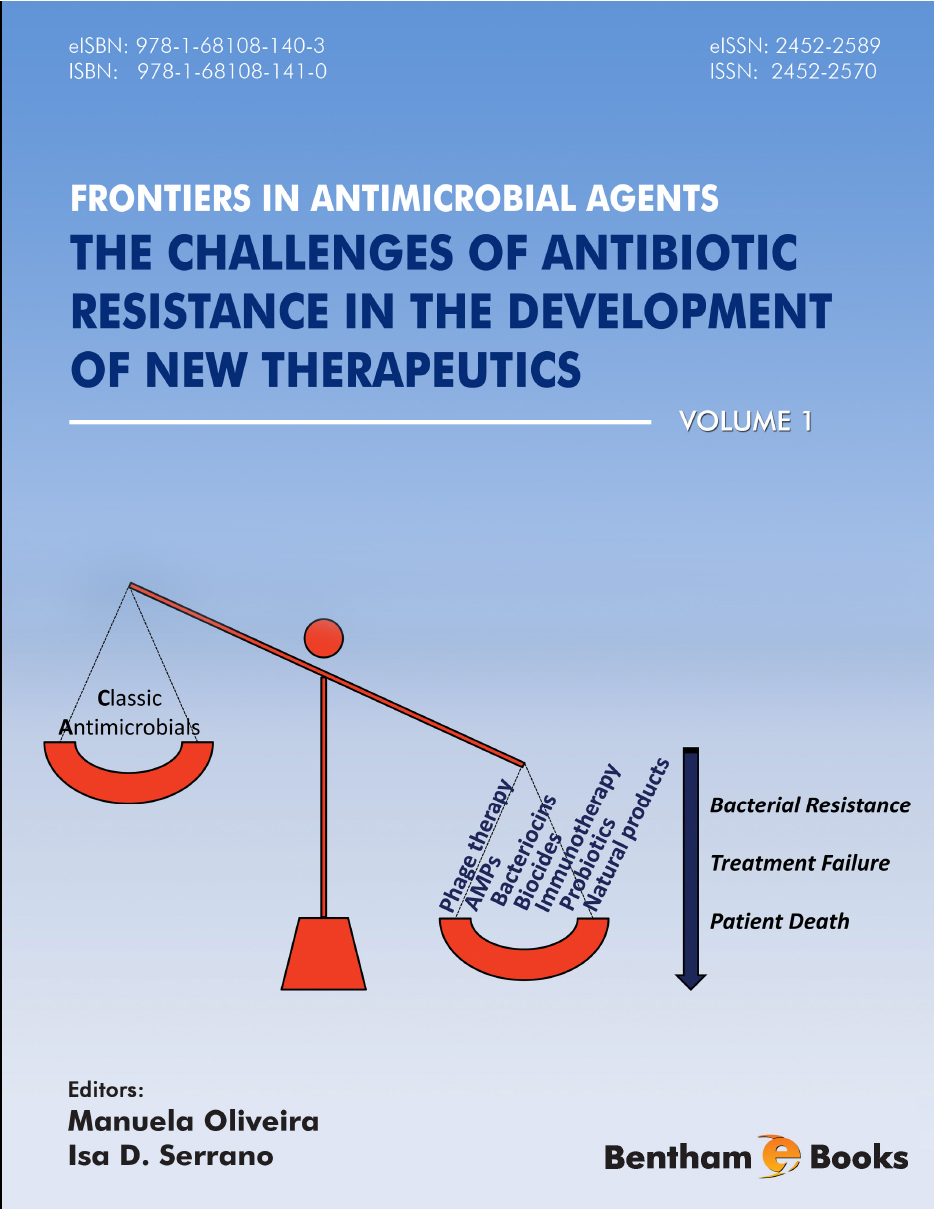Foreword
The rapid development of highly effective antimicrobial agents during the 20th century
revolutionized the treatment of diseases caused by bacteria, viruses and fungi; leading to the
notion that "it was time to close the book on infectious diseases". However, today we are
facing pandrug-resistant microorganisms, and antimicrobial resistance constitutes one of the
major public health problems worldwide. Allied to this, the new antimicrobial agent’s
development pipeline is at its all-time low; because of scientific, economic and regulatory
hurdles.
While we must conserve the antimicrobials we have left by using them optimally, the process
of developing new agents must also be accelerated. This will hopefully facilitate targeted
therapy, improving therapeutic efficacy and decreasing antimicrobial resistance.
This book describes cutting-edge research on innovative alternatives to classical antimicrobial
therapy – bacteriophages, antimicrobial peptides, probiotics, immunomodulators, natural
compounds, bacteriocins and biocides – and the most appropriate approaches to control the
spread of drug-resistant microorganisms.
Interestingly, this book is edited and partly written by scholars dedicated to Microbiology
from the area of Veterinary Medicine. This is not surprising, because the amount of
antimicrobials marketed for use in animals is approximately four times greater than the
quantity used in human medicine. Furthermore, the widespread use of antimicrobial agents in
animal production – often administered in lower doses and for longer periods of time – has
been linked to the development of antimicrobial resistance.
While the novel therapeutic strategies in Veterinary Medicine have been a major focus in the
last chapter, the book has input from a wide range of experts in different disciplines – from
basic science to human clinical microbiology – and truly reflects the ‘One-Health’ approach
which spans humans, animals and the wider environment.
One final note to remember by the enthusiastic reader is that, bacteria have shown, in this
continuous “arms race”, that they can develop resistance to virtually all therapeutic agents.
Therefore, it is very important to continue to use both antibiotics and their alternatives
rationally and judiciously.
João João Mendes
Emergency Medicine and Intensive Care Internal Medicine Department,
Santa Marta's Hospital/Central Lisbon Hospital Center,
Lisbon, Portugal

